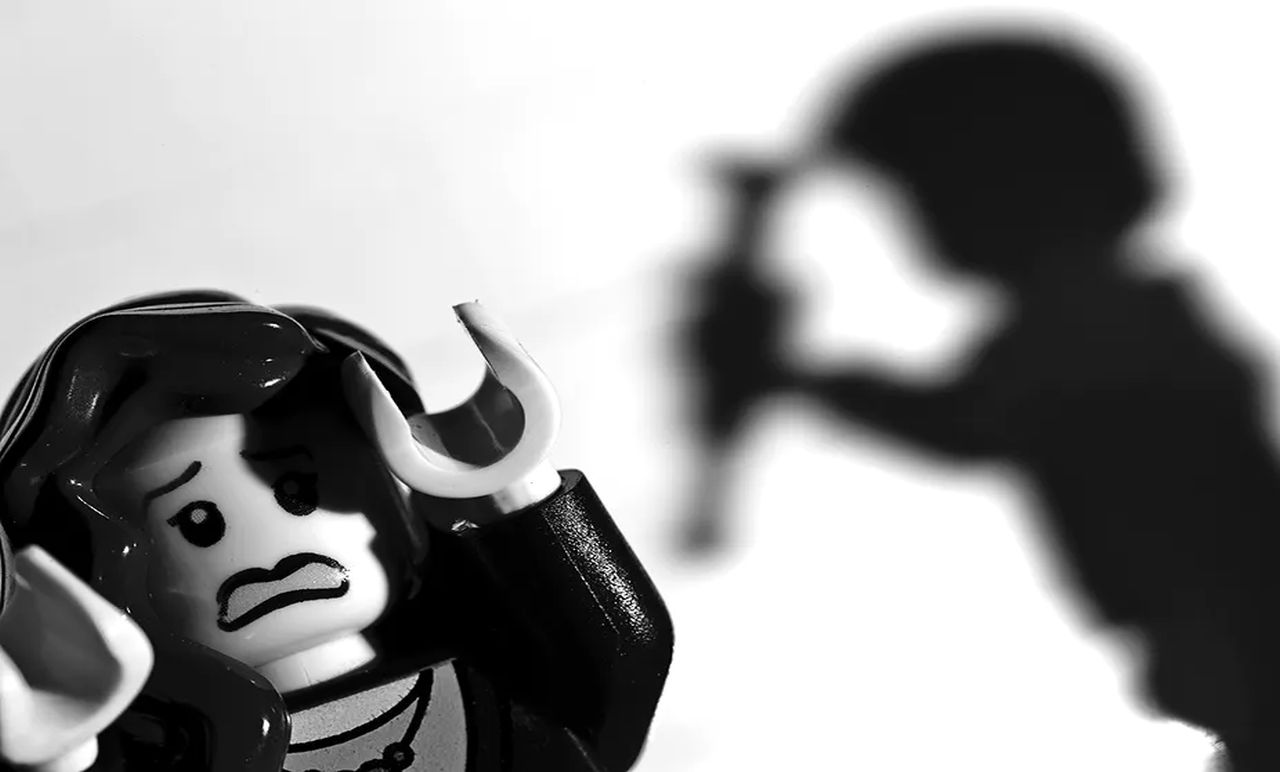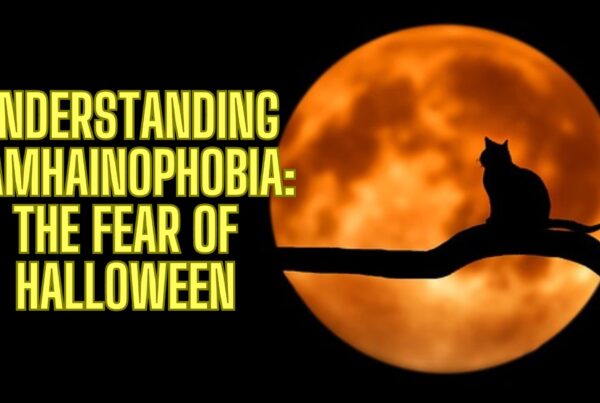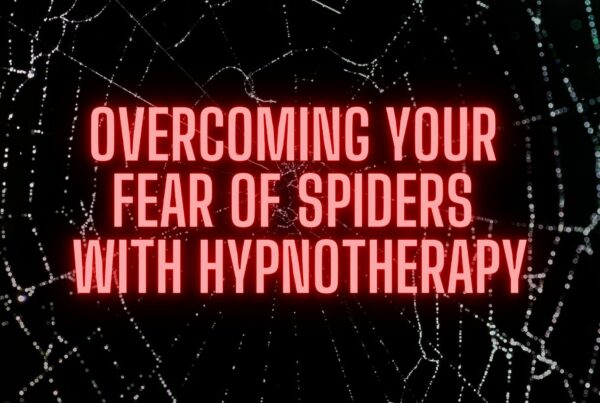Understanding Fainting Responses to Blood and Pain: The Science Behind the Phenomenon
The Mystery of Fainting at the Sight of Blood
We've all heard of the fight-or-flight response, that primal instinct that kicks in when we're faced with danger. But what about those who faint at the sight of blood or during painful experiences? If you're one of those people who gets woozy at the thought of a flu shot, you might be intrigued to know that this phenomenon is more common than you think. Understanding fainting responses to blood and pain can help to ensure your next injection is a more comfortable experience.
The Blood-Injection-Injury Phobia
This fainting response is often linked to a condition known as the blood-injection-injury phobia. It's a fairly common issue, affecting approximately 3% of the population. Unlike other phobias that cause an increase in heart rate and blood pressure, this particular phobia does the opposite. A temporary spike in heart rate and blood pressure is followed by a dramatic drop, leading to symptoms like paleness, sweating, nausea, and ultimately, fainting.
The Evolutionary Perspective
So, why do some people faint at the sight of blood or needles? One theory suggests that this response evolved as a survival mechanism. The idea is that fainting at the sight of blood could reduce blood loss in case of an injury. However, this theory falls short when considering that people also faint at the sight of needles or minor injuries where blood loss is minimal.
The Role of Disgust
Another hypothesis links this fainting response to the emotion of disgust. In this view, the sight of blood might trigger a disgust response, which is thought to have evolved to protect us from disease-laden food. But again, this theory doesn't fully explain why fainting would be a beneficial response to a disgusting sight.
The Paleolithic-Threat Hypothesis
The Paleolithic-threat hypothesis offers a compelling explanation for why some people faint at the sight of blood or during painful experiences. According to this theory, fainting could have been an adaptive response during our evolutionary history, particularly in situations where escape or combat wasn't feasible. Imagine a scenario where early humans were confronted by predators or warring tribes. In such cases, playing dead by fainting could have increased the chances of survival by making one appear less threatening or even lifeless, thereby reducing the likelihood of attack.
This hypothesis also provides an interesting perspective on the gender differences observed in fainting responses. Women and children, who might have been less capable of physical combat during prehistoric times, could have benefited more from this "playing dead" strategy. Fainting in the face of danger would make them less likely targets, increasing their chances of being spared or taken captive rather than killed. This evolutionary lens adds a layer of complexity to our understanding of why fainting occurs in response to blood and pain, suggesting that this seemingly maladaptive behavior might have roots in survival strategies of our ancestors.
Gender Differences in Fainting Responses
Interestingly, epidemiological studies have shown that this phobia is more prevalent in women than in men. The Paleolithic-threat hypothesis offers an explanation for this as well. During times of warfare, fainting could have been more adaptive for women and children, increasing their chances of being taken captive rather than killed.
The Complexity of Fainting Responses
When it comes to understanding fainting responses to blood and pain, it's crucial to recognize that this phenomenon isn't solely psychological. While the blood-injection-injury phobia does play a significant role, there are also physiological factors at work. Some individuals may have a dysregulation in their autonomic nervous system, which controls involuntary actions like heart rate and blood pressure. This dysregulation can make them more susceptible to fainting when confronted with triggers like the sight of blood or the experience of pain.
Moreover, the tendency to faint can also develop as a conditioned fear response. Imagine someone who has fainted multiple times during blood tests; the mere thought of another test could trigger anxiety and a subsequent fainting episode. This creates a vicious cycle where the fear of fainting becomes a self-fulfilling prophecy. Breaking this cycle often requires a multi-faceted approach that addresses both the psychological and physiological aspects of the fainting response.
Coping Strategies
If you're prone to fainting at the sight of blood or during painful experiences, you might be wondering what you can do to manage this response. Traditional relaxation techniques like deep breathing might not be effective, as they could actually lower your heart rate and blood pressure, making you more likely to faint. Instead, consider alternative methods that focus on keeping your cardiovascular system engaged.
One such method involves engaging in conversation or focusing on a complex mental task. This can help keep your mind occupied and your heart rate up, reducing the likelihood of fainting. Another strategy is to maintain tension in your body by clenching your fists or tensing your leg muscles. This physical tension can counteract the drop in blood pressure and heart rate that leads to fainting. By understanding fainting responses to blood and pain, you can take proactive steps to manage your body's reactions and make experiences like medical procedures less daunting.
Book Your FREE 20 Minute Consultation With Release Hypnosis NOW!
You may also like to read:
When Fear Takes Over - a Look at Phobias
The Top 3 Limiting Beliefs That Hypnotherapists Have Around Technology
Isn't It Time To Tell That Smoking Habit To Butt Out Of Your Life?
How To Get The Best From Your Online Hypnotherapy Session








